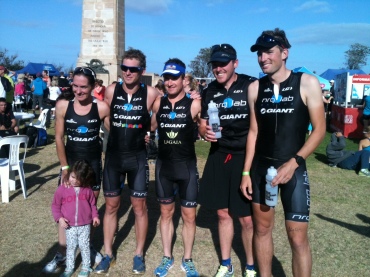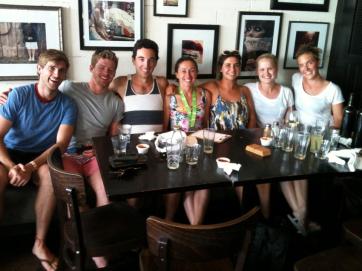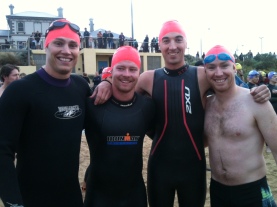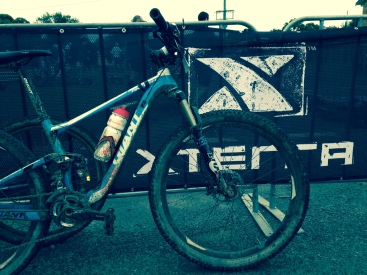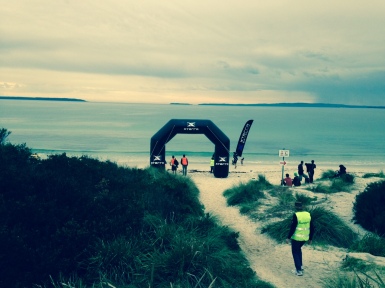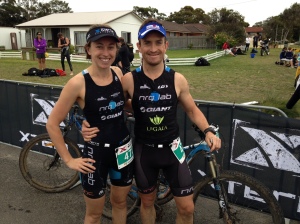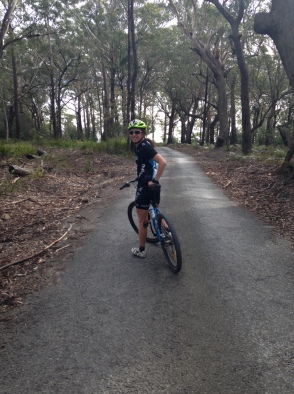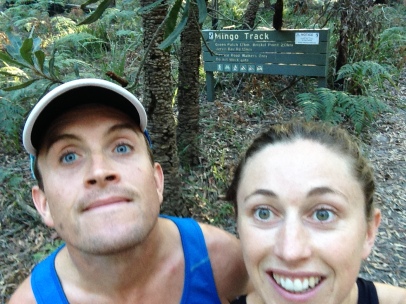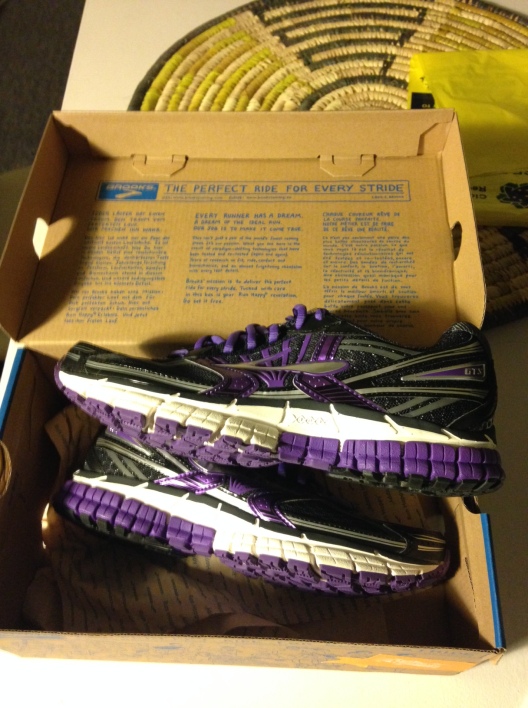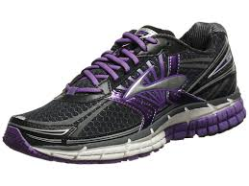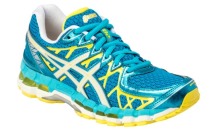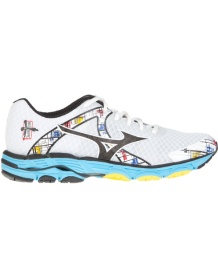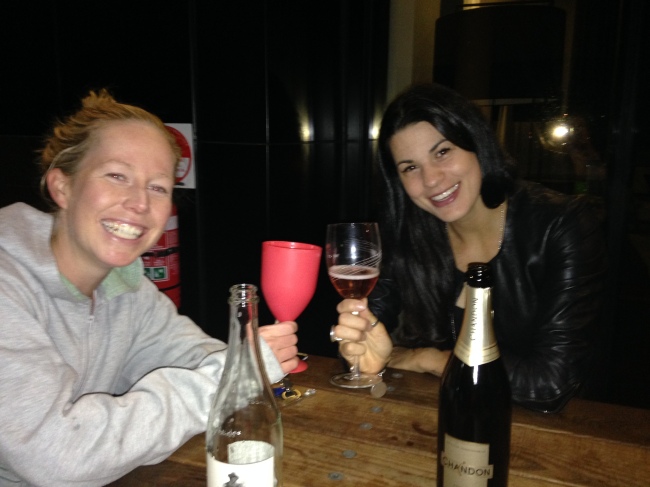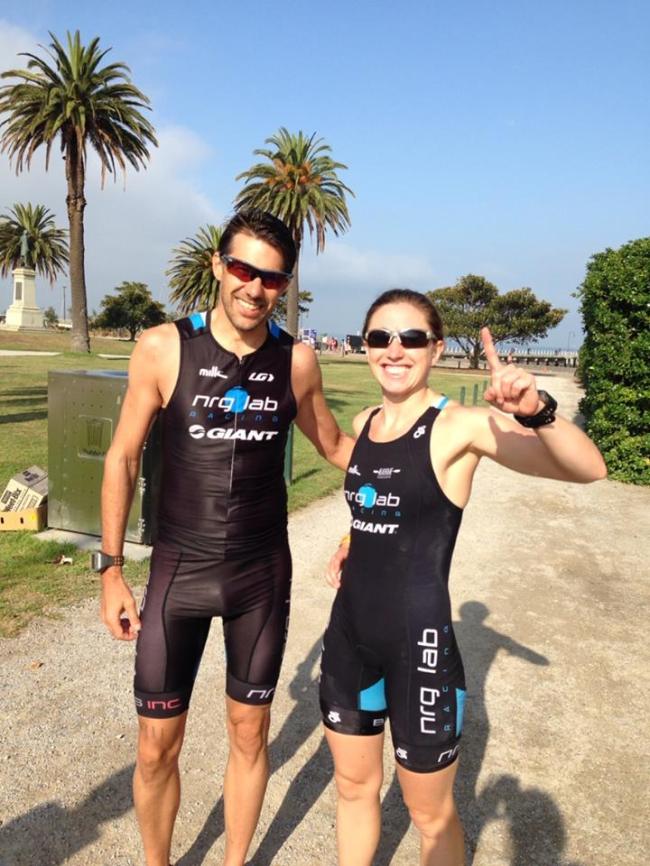I caught up with my coach Patrick Legge of NRG Lab last week to map out my training plan in the lead up to World Championships later this year. Whilst I can tell Pat the sorts of things I enjoy and want to do, ultimately I am laying my trust in him that if I complete his program then I will be peaking for Worlds. He tells me what to do, how to do it and how many times to do it, and I obey (for the most part, at least). This is a huge amount of trust and belief you put into someone, ultimately giving them the reigns to achieve your dreams. For me, this is why I have a coach. I don’t think, I just do, and when you are training so much plus work and social, it is nice to have one less thing to think about or plan. Everyone has different reasons to have a coach or train with a club, or even have a friend who provides that coaching guidance. The first club I joined was the Cairns Crocs which was so I could meet people having just moved there. I then joined Reddog in Brisbane, again to meet people but more so to improve in the sport. Now back in Melbourne I am with NRG Lab which is personalized so I am more focused on my own goals. So who needs a coach or a club, and how do you choose one?
NRG Lab training and racing mates at the Team Up Triathlon 2014.
Firstly, do you need a coach or triathlon squad? Ask yourself –
- Do you know anyone that does triathlon?
If you’re like me and start out doing triathlon not knowing another soul involved in the sport, joining a club is a really great way to get involved. You will meet like minded people, make new friends that share your hobby and it will hopefully make you enjoy the sport more. Without any friends in the sport you are missing out on a world of information that is shared amongst triathlete buddies.
- Do you know how to train for a triathlon?
Do you know what sessions to do, how often, how hard, where? Having a club or coach will guide you on this information. This is one of the most obvious reasons to join a club, but can’t be overlooked.
- Are you training for an Ironman or Half Ironman distance event?
If you are new to the sport and training for a long distance event, you most likely need the guide of an experienced triathlete. They will not only provide you with training schedules but also the tips and tricks for nutrition, recovery, avoid over training and the lot. The strain of training and racing for a long distance event on your body is significantly greater than your weekend Sprint event, and for this reason it is important to have adequate advice.
- Are you motivated to set your own sessions and complete them?
A club or coach gives you motivation for a number of reasons. Firstly, paying someone makes you feel more compelled to keep to your program, otherwise it’s wasted money! Secondly, having someone to report back to, or friends at squad who will heckle you if you don’t turn up gives you a sense of responsibility to your training and motivation to turn up.
- Are you adverse to injury or coming back from injury?
This is the most critical time to have a coach. If you are coming back from an injury you need advice on the quantity and intensity of sessions you should be completing, and additional exercises or techniques to avoid injuring yourself again. If you are adverse to injury a coach can monitor your sessions and pull back where required to avoid an injury from occurring. This can include chronic fatigue which is apparently now common amongst Age Group triathletes.
- Do you have a specific goal?
Do you just want to tick the box of completing a triathlon, or do you have a goal of a set time, completing an Ironman or improving a specific discipline? If you are goal orientated a coach or club will help you get there.
Friends after the Geelong Triathlon 2014 where a friendly bet was made 😉
Now that you have decided you need a coach or squad, how do you choose one?
- Location
You will only go to sessions if they are convenient. Just like a gym membership, you want to find somewhere close to home, close to work, or even better, somewhere between the two!
- Specialist
What type of race are you training for? What is your strength, or weakness, or what do you enjoy most? If you are focused on the sprint summer series, don’t join a squad that are all training for an Ironman – you don’t need to ride 180km’s on the weekend! Similarly, Trent who is the Reddog coach in Queensland is from a swim background and under him I saw my swim improve dramatically, whilst my current coach Pat spends a lot of time with the AIS triathlon squad so has a huge knowledge on short distance training and latest methods and practices.
- Coaching Structure
How does the coach or squad work? Are they set sessions, which if you miss you need to think of your own session to do in its replacement, or are you on a personalized program? Can you speak to your coach one-on-one as often as you like? If you have highlighted you need a coach to come back from injury, then you need personal attention so don’t join a squad where you won’t get individual focus. If you want to be social, a club with group sessions would suit, if you are a shift worker you may need a weekly program issued for you to do in your own time. Make sure the coach or club suits your current lifestyle.
- Members and social
What type of members are in the club? Is it a social club? Are they your age or type of people you will be friends with? Generally you can try out a session or two for free with a new club or coach. Take advantage of this and see if you like it before you commit.
Friends about to complete their first triathlon
- Cost
Coaching and squad fees can vary from free to hundreds of dollars a week. Don’t have the money? Speak to a friend. Experienced triathletes are great coaches for novice triathletes. Using your friends advice and experience can often be enough to tick all the boxes above. It is amazing how much coaching fee’s vary, so make sure you shop around to find somewhere that fits all the boxes and is within your price range.
